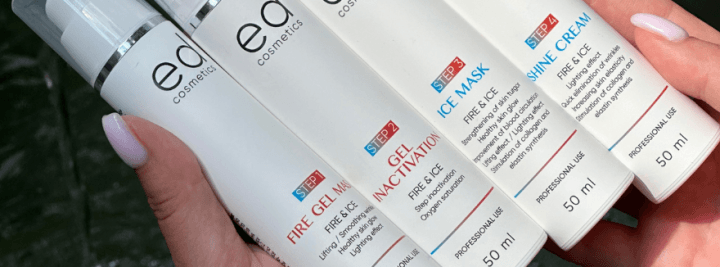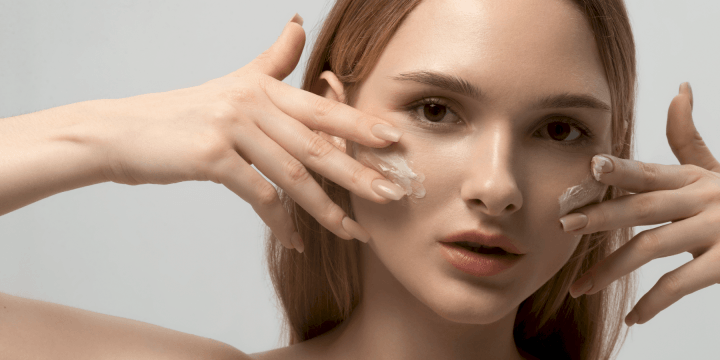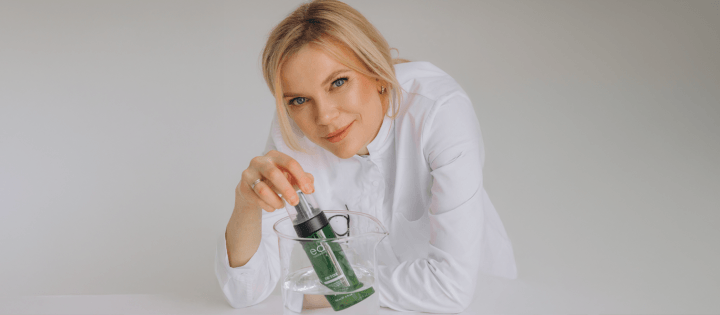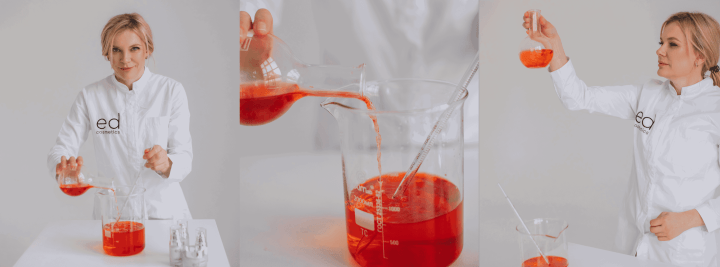Not improvisation, but strategy: how protocols enhance procedure effectiveness and a specialist’s reputation
Imagine building a house without blueprints. The result would most likely be unpredictable, and the structure – unreliable. The same applies to cosmetic procedures. Clear treatment protocols are not just recommendations but the fundamental basis of successful practice. They serve as a roadmap that ensures safety, predictable outcomes, and a high level of professionalism.
Why is a protocol part of a professional strategy?
Protocols are essential for a specialist’s professional mastery and for giving clients confidence that they will achieve optimal results. Protocols guarantee:
- Client safety. They minimize the risks of side effects, allergies, and complications thanks to a standardized approach to every stage of the procedure.
- Consistency of results. No matter who performs the procedure, the client receives the same predictable outcome.
- Improved efficiency. Consistent use of products and techniques according to the protocol maximizes their effectiveness.
- Professionalism and trust. Clients see that you work systematically, like an expert confident in your actions.
- Work optimization. The specialist doesn’t waste time thinking “what’s next?” but follows clear steps – saving time and increasing efficiency.
- Training and development. Protocols are an excellent tool for onboarding new staff and upskilling existing ones.
What should a protocol include: detailing for results
A high-quality protocol is a detailed guide that covers every aspect of a procedure. Here are the main sections it should contain:
- Procedure name and USP.
- Indications and contraindications, including a detailed list of skin conditions where the procedure is recommended or strictly prohibited.
- Expected results.
- Required materials and tools: all cosmetic products, instruments, and disposables needed.
- Step-by-step instructions:
- Skin preparation: makeup removal, cleansing, toning (with exact products and quantities specified).
- Main procedure steps: order of applying serums, masks, device techniques (with exposure times, application methods).
- Final stage: application of finishing creams, SPF products.
- Duration of the procedure (approximate time required for the complete treatment).
- Recommended course: number of sessions needed for maximum and lasting effect, as well as the suggested frequency of visits.
- Home care: client recommendations for maintaining results after the procedure and using products at home.
- Possible skin reactions: description of normal, expected responses (e.g., mild redness, warmth) and those requiring attention (severe irritation, allergic rashes).
- Safety techniques: rules that ensure the safety of both the client and the specialist.

Where to get effective protocols?
Cosmetic brands striving to provide the highest quality services offer their partners clear, detailed application protocols. This ensures that cosmetologists can use products most effectively, consistently achieving excellent results for their clients.
For example, the “Flaming Cold” protocol by Ed Cosmetics transforms complex care into a step-by-step process with predictable and desirable results. The procedure quickly and safely restores skin health. Its uniqueness lies in the combination of components that gently exfoliate, improve circulation, unclog pores, smooth wrinkles, and give the skin radiance and a brightening effect.
Along with the product, Ed Cosmetics provides a clear step-by-step protocol. Thanks to this, the cosmetologist can guarantee the client not only pleasant sensations during the “Flaming Cold” procedure but also a visible, stable, and safe result. This allows the specialist to work with confidence, while clients can fully trust your expertise.
Practical tips for cosmetologists
- Create your own protocols. Even if you work with brand protocols, adapt them to your needs and the specifics of your practice. Add your own observations and nuances.
- Share protocols with your team. If you have staff, give them access to clear, up-to-date protocols and hold regular training sessions.
- Keep client records. Document each procedure in the client’s file, including protocol used, products applied, exposure time, and skin reaction. This helps analyze effectiveness and adjust approaches.
- Analyze results. Regularly review protocols and update them based on outcomes and client feedback.
- Learn from brands. Choose brands that provide complete, clear protocols. This greatly simplifies your work and boosts confidence.
- Use protocols as a marketing tool. Tell clients that you follow clear protocols. This emphasizes your professionalism and safety standards.
Why is a protocol not just a formality?
Cosmetology, especially when involving active ingredients or device-based methods, carries certain risks. Following protocols is key to minimizing side effects, allergies, and complications. Ignoring them can lead to negative outcomes for clients, as well as legal and reputational consequences for the specialist.
On the other hand, using protocols is part of a strategic approach to cosmetology. It is an investment in your professional expertise, client trust, and ultimately – your reputation. By choosing brands that provide complete and transparent protocols, you secure a strong foundation for successful practice and outstanding results.








